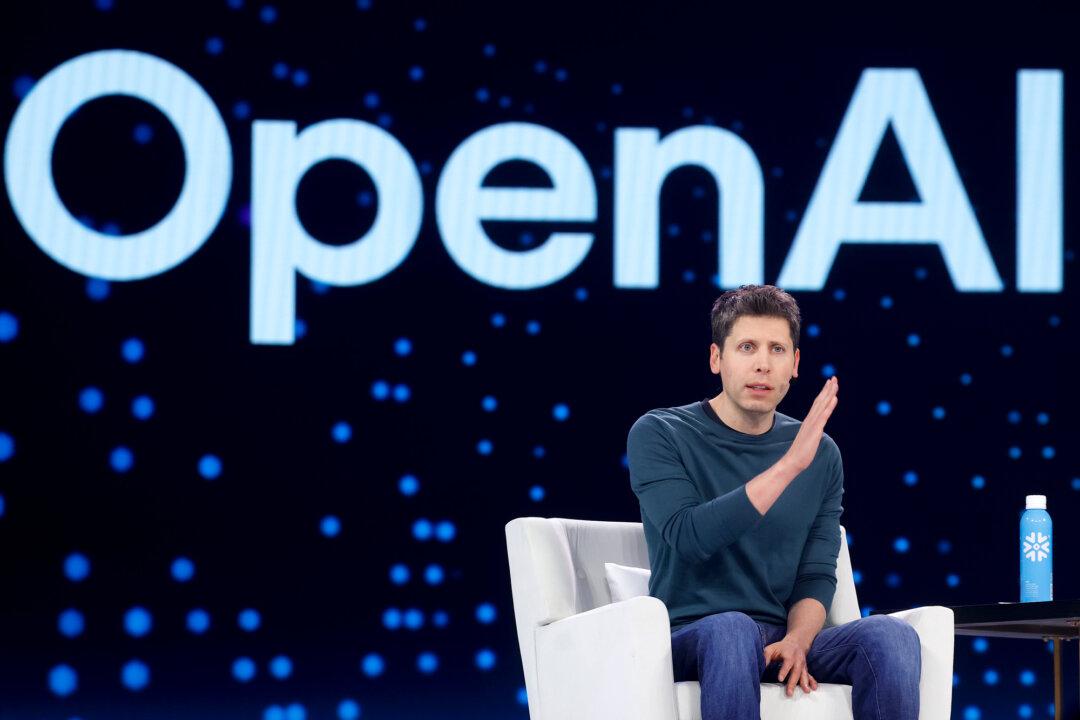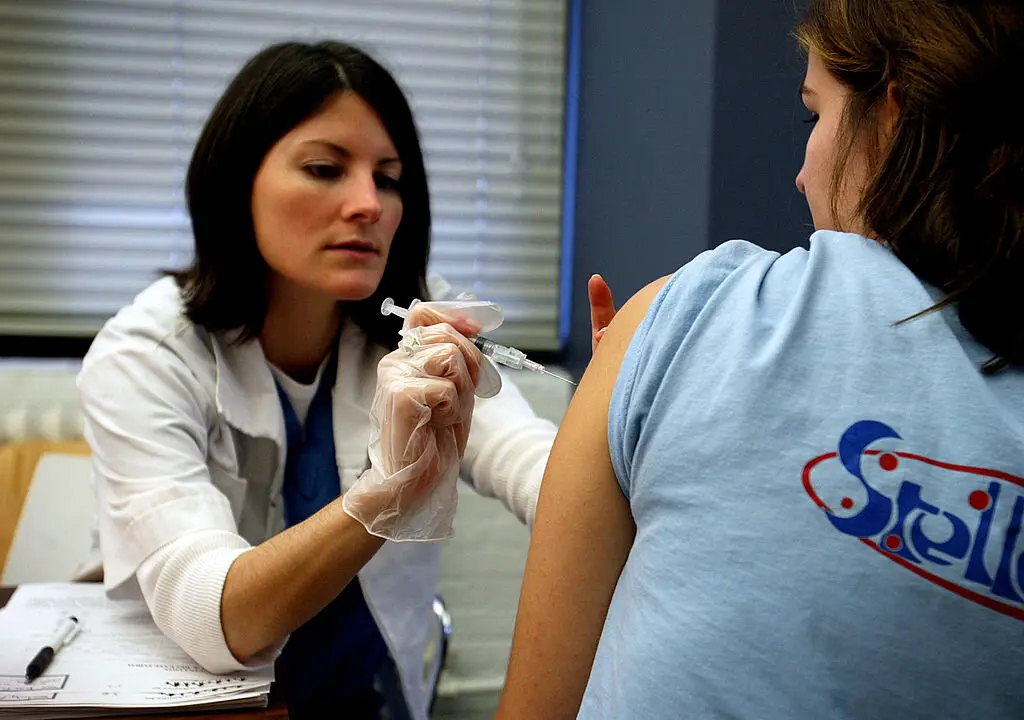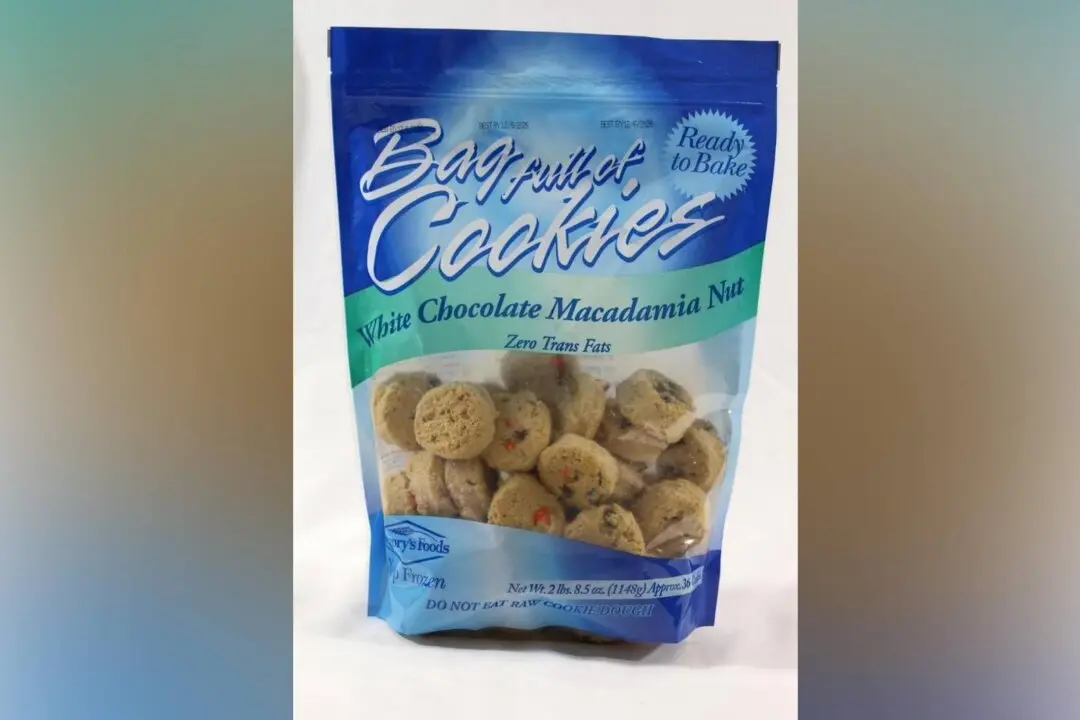The government of Sri Lanka briefly blocked social media as protests erupted across the nation due to shortages of fuel and food.
All major social media websites were blocked by the government early on April 3 following a nationwide curfew announced on April 2 and a state of emergency declared on April 1. Affected websites included Facebook, Twitter, Instagram, and messaging apps such as WhatsApp.





